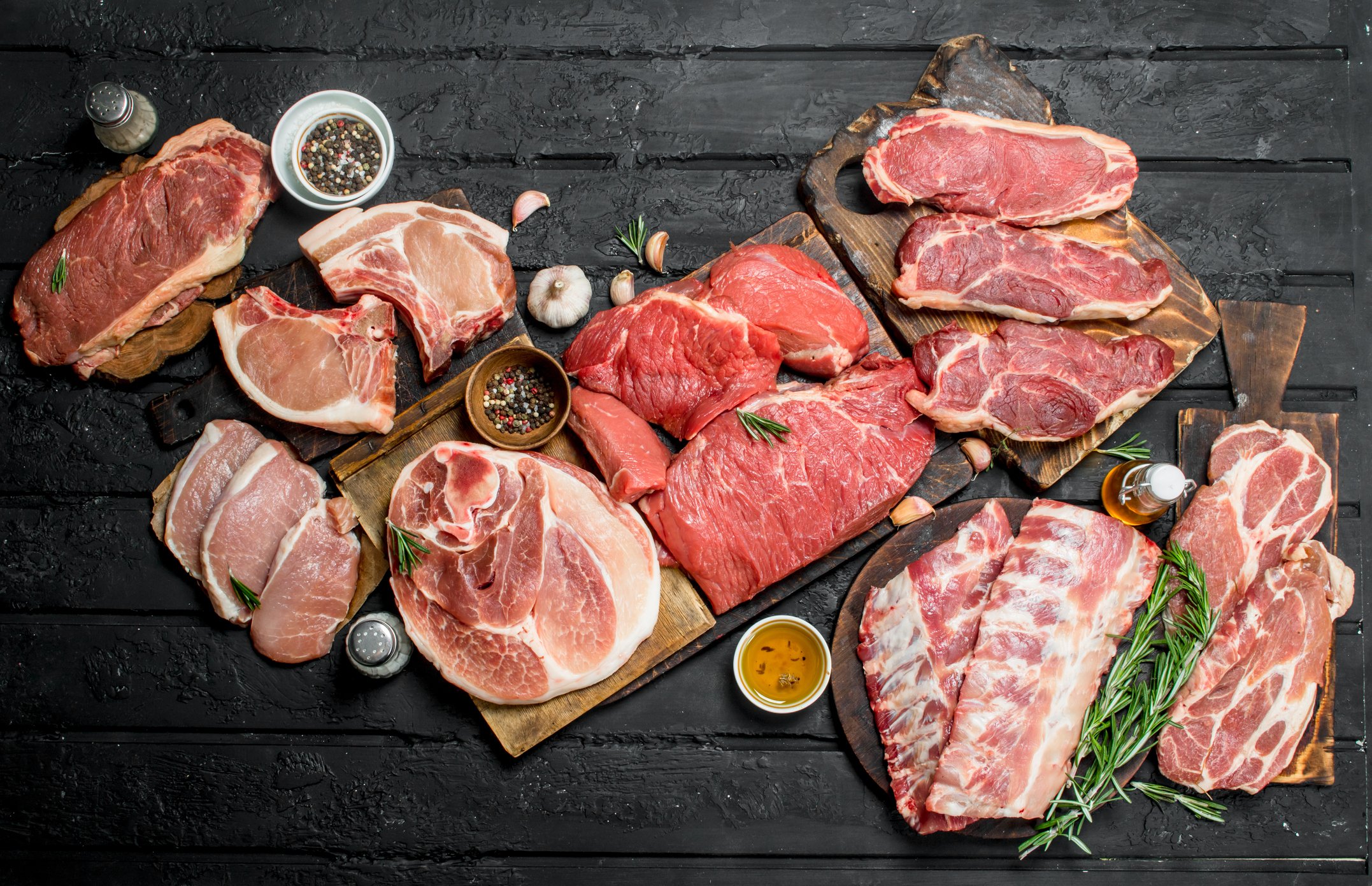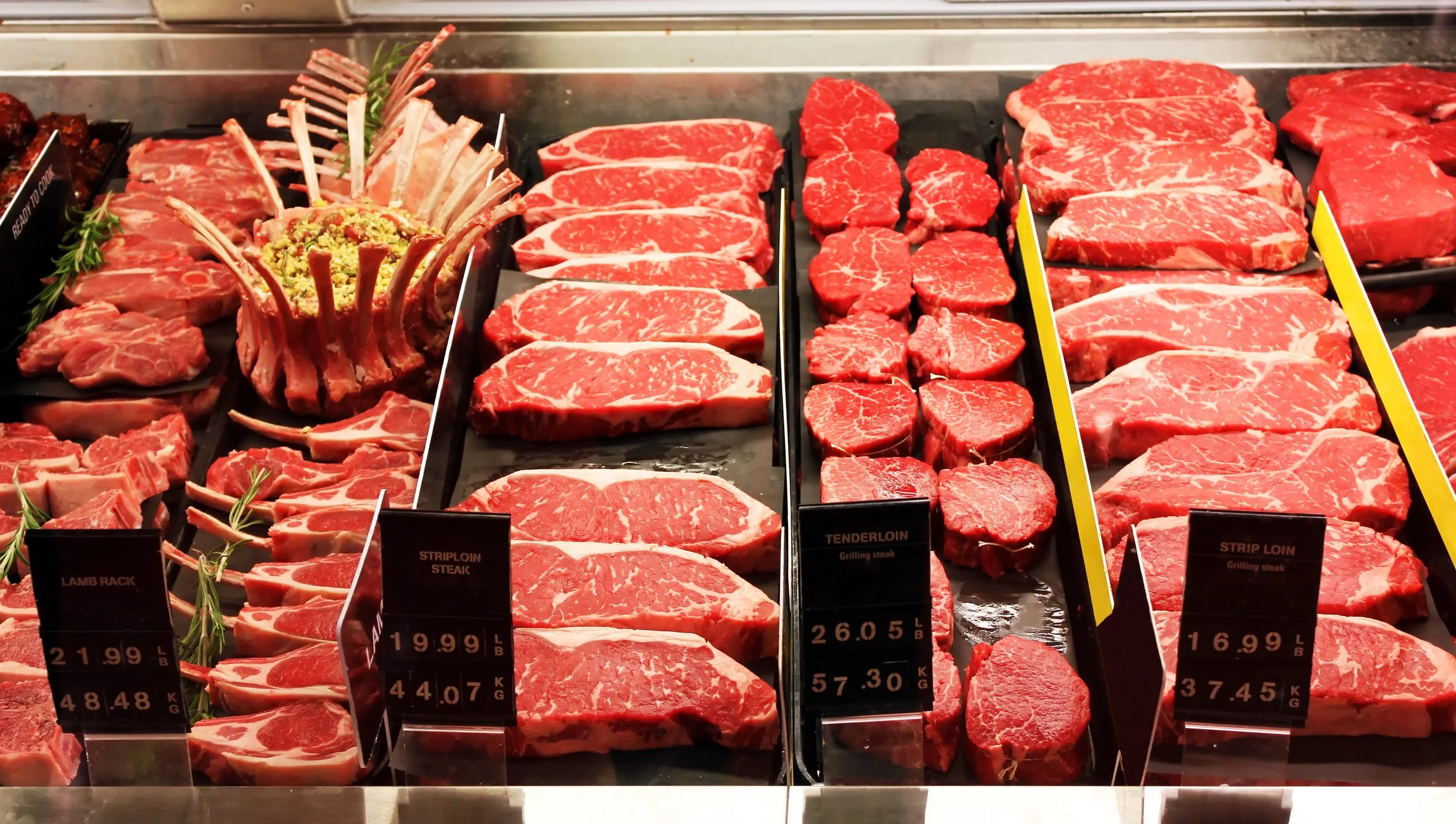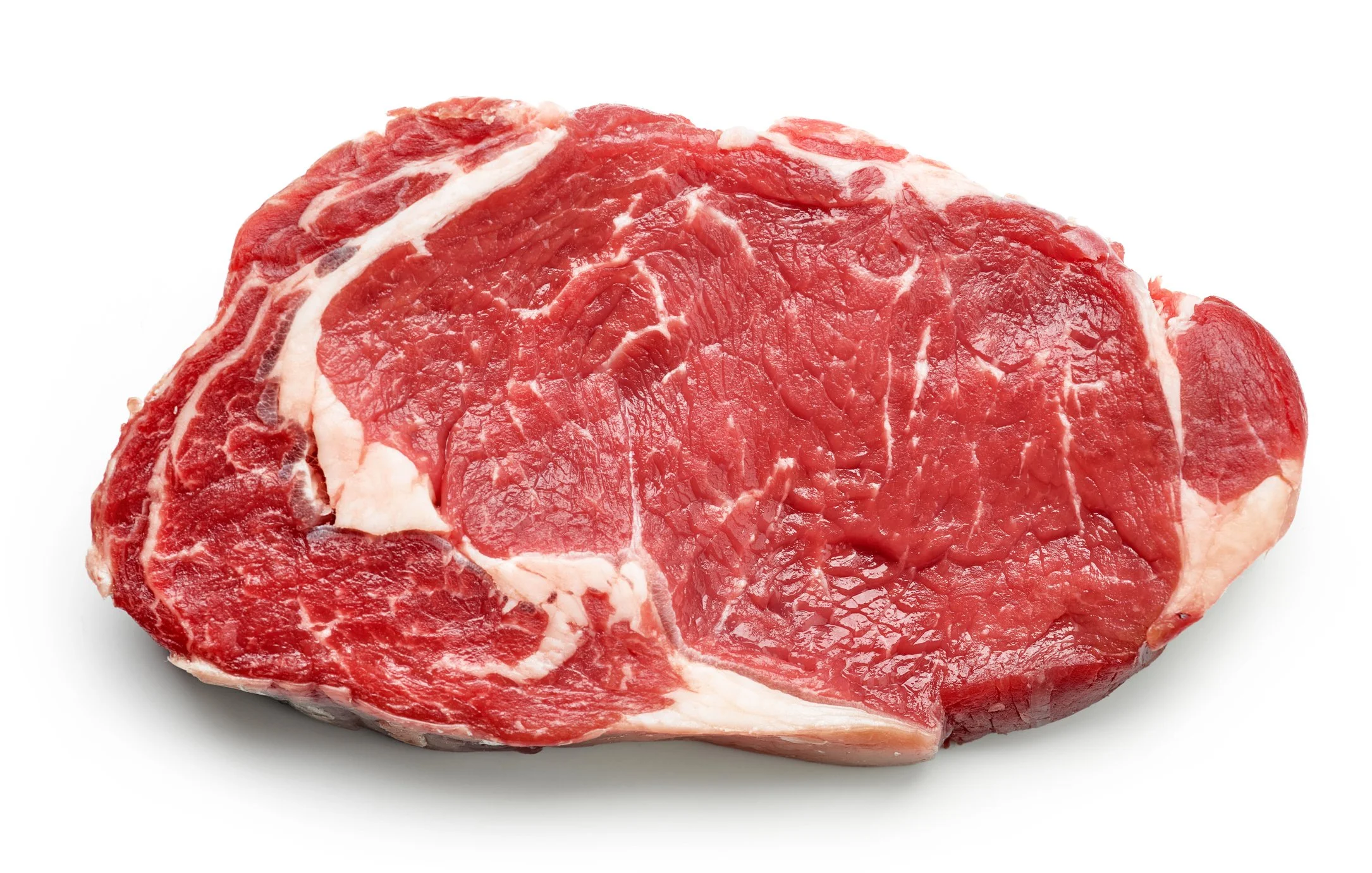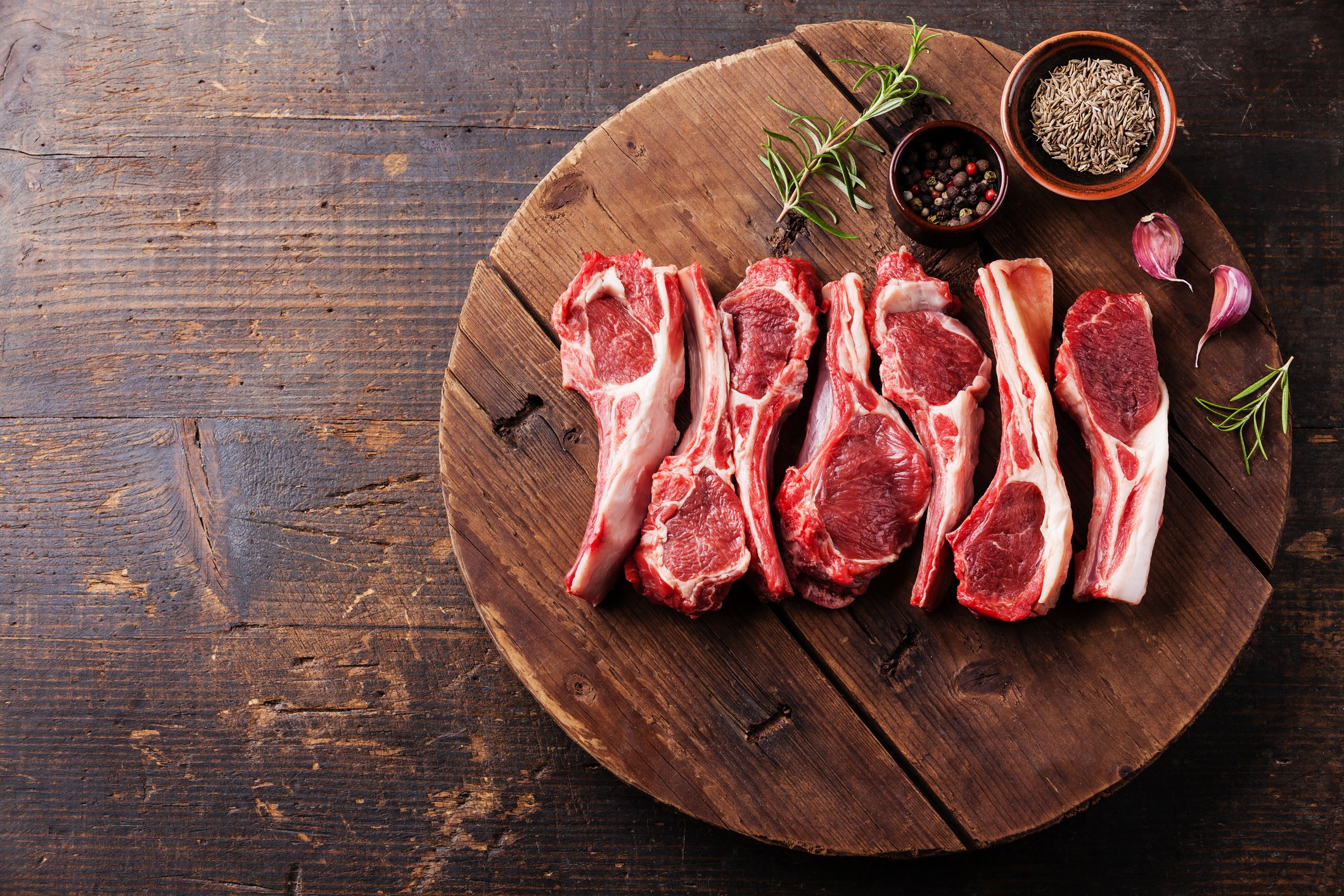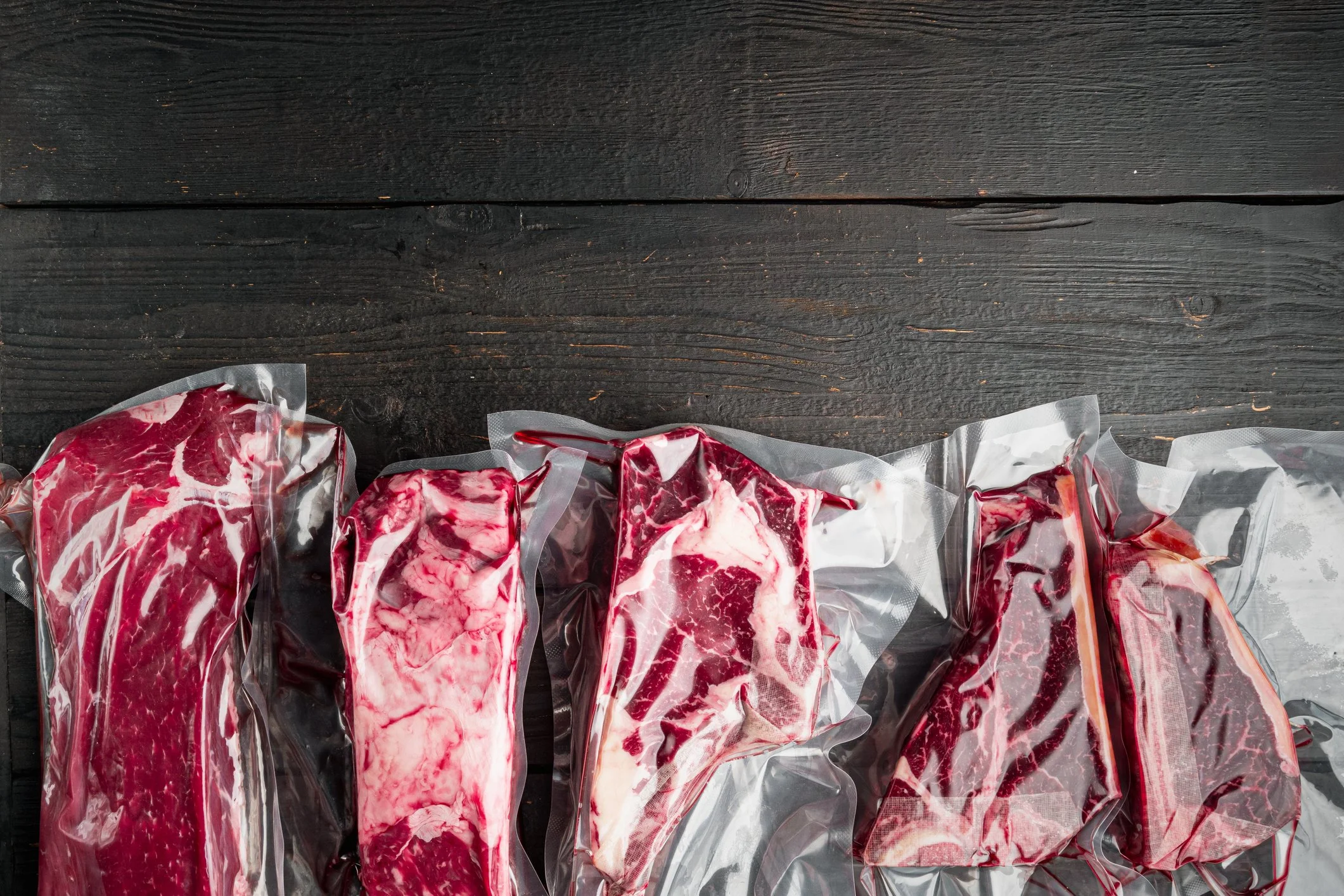How To Buy Meat From A Farm — The Best Practice
Discover > Texas Home Cooking > How To Buy Meat From A Farm — The Best Practice
Sometimes farm-fresh meat doesn't mean 100% fresh meat. Learn how to buy meat from a Farm, ensuring the quality and freshness of your meat with this guide.
You've probably heard the saying, "you are what you eat." This is especially true when it comes to meat. Knowing where your meat comes from and how it was processed is essential to ensure you get the best quality product possible. In this complete guide on how to buy meat from a farm, we'll discuss everything you need to know about determining meat quality. From looking at the exterior of the meat to checking for marbling, this guide will teach you how to select the perfect piece of meat every time. So, let's get started!
Understanding Fresh Meat
Like most people, you probably think of "fresh meat" as meat that hasn't been frozen. But the term refers to meat that are slaughtered and processed within a few days of sale. In many cases, fresh meat is also chilled or frozen to help preserve it. So what's the difference between fresh and other types of meat? And is fresh really better? Here's everything you need to know about fresh meat.
What Is Fresh Meat?
Fresh meat is defined as any unprocessed cut of beef, pork, lamb, or veal that's been slaughtered and butchered within 14 days of sale. For meat to be considered fresh, it must also be chilled to a temperature below 40 degrees Fahrenheit. Most fresh meat is sold within days of slaughter, although some cuts may be aged for a brief period to improve flavor and tenderness.
Is Fresh Meat Better?
There are pros and cons to fresh meat. On the plus side, fresh meat is generally more tender and flavorful than other types of meat. It's also less likely to contain bacteria or other contaminants. However, fresh meat can be more expensive than other types and has a shorter shelf life.
Grocery Store Meat Vs. Farm Fresh Meat
Many prefer buying farm-fresh meat over grocery-store meat. Here’s why:
Farm fresh meat is generally more nutritious and flavorful and can be a more humane and sustainable option.
Grocery store meat is often pumped with antibiotics, growth hormones, and sometimes, preservatives which can be harmful to your health. Farm fresh meat is usually free of these chemicals.
Meat sold in the groceries has been butchered, packaged, and shipped to the store where it may sit in refrigeration for a few weeks or months. Once purchased, it may be nearing the end of its shelf life.
Grocery store meat comes from breeding conditions that resemble a factory than a traditional farm. Their meat comes from animals raised in cramped, unnatural conditions. Farm fresh meat comes from animals that have been able to roam and graze freely, the old-fashioned way. Happy animals result in a more humane product.
Farm fresh meat is also generally more sustainable than grocery store meat. Industrial agriculture significantly contributes to climate change, and buying farm-fresh meat can help reduce your carbon footprint.
If you have the opportunity to buy farm-fresh meat, we encourage you to do so! You'll be supporting a more humane and sustainable food system, and you'll be getting a healthier, tastier product.
Grass-Fed Beef
In Texas, farmers and ranchers use various methods to raise their cows. One popular method is practiced all across the Lone Star State. Texans take pride in the production of grass-fed beef. But what exactly is grass-fed beef?
Grass-fed beef is produced in the same living conditions as what cattle would experience in the wild. The cattle are fed foraging or pasturing in open fields during growing seasons. Since the cattle's diet does not include any grain or grain-based byproducts, you can be sure that no artificial bulking supplements are given to the cows.
The source and overall quality of a cow's feed are fundamental to the nutritional composition of the meat the animal produces. Find out more Benefits of Grass Fed Beef in this TexasRealFood post.
How to Check for Fresh Meat in 5 Easy Steps
Step 1: Check the Color
A change in color doesn't always mean the meat is spoiled. The color changes vary depending on the type of meat you are buying. When choosing meat, products with a bright color should be considered for purchase. Spoiled meat has clear indications of fading or darkening but is always accompanied by other factors such as off odors and is sticky and slimy when touched. Meat with characteristics like the above mentioned should not be purchased or consumed.
Step 2: Smell the Meat
The smell may be the easiest way to check for the meat's freshness. High-quality fresh meat should smell neutral to mildly acidic but never uncomfortable. The slightly sour raw meat funk should never be pungent. Meat sitting out for too long emits a foul smell from bacterial growth. If the meat smells offensive, it should be treated with caution.
Step 3: Check Texture
The key to checking meat texture for freshness is to look for clean cuts. In addition, fresh meat surfaces must look flawless, smooth, and never greasy.
All kinds of meat, whether it's beef, lamb, chicken, or pork, shouldn't be slimy or sticky. These are meat characteristics that all consumers should avoid.
Step 4: Check the Packaging
Packaging that has any signs of damage and dirt gives you an indication of how the meat was handled. Likewise, if the package is obviously damaged, it is therefore already contaminated by outside elements.
When purchasing fresh meat, it is necessary to scrutinize packaging and choose the most recent date. Dating meat products are not required by US Federal law. Date labels may be voluntarily applied, provided that they are not misleading. Products must be labeled in a manner that complies with Food Safety and Inspection Service(FSIS) regulations. Here are some of the standard labels on meat products :
Expiration Date
A product with a lapsed expiration date must be thrown out. While other labels may be used as guides, this one is absolute.
Sell-By Date
The sell-by date is a guide for the retailers to know how long to display the products on sale before the quality deteriorates. It is used for inventory management and should not be considered a safety date. Items are still safe for consumption after this date, but their physical appearance starts to deteriorate.
Pack Date
These labels are generally used as a reference to the date, time, and location of the manufacturer. They should not be confused with expiration dates.
Use-By Date
The use-by date indicates how close the meat is to spoilage. Meat products must be consumed on or before the use-by date.
Step 5: Watch Out for the Storage
Storage may be a good gauge for the freshness of meat. Suppose the chillers are noticeably warmer than usual, or you see water dripping from the freezers. In that case, these are signs of storage temperature issues. Meat purchased from places as such might not be so fresh.
How to Know If Beef is Safe For Consumption
When it comes to beef, you want to look for rich red meat with marbled fat. If the meat looks pale or has a greenish tinge, that means it's not fresh. You also want to avoid any cuts of beef that have an ammonia smell.
Various factors may influence the color of beef. They may differ depending on the breed and the age of the animal. Vacuum packaged beef is usually burgundy or purplish because they are not exposed to oxygen.
Myoglobin, a protein that affects the color of the meat, turns the meat bright red after a few minutes of exposure to oxygen. Meat that has been in the chiller for days may turn brown from oxidation - a chemical change in myoglobin due to oxygen content. Therefore, beef that has turned brown during extended storage should not be labeled fresh.
Fresh beef meat is firm, dense, and dry. The muscle fibers are easily identified. Fresh meat should spring back when pressed with your finger. Meat loses its firmness the longer it's been left out.
Also, meat that has gone through poor handling looks like they are about to fall apart.
Quality is what's most important when sourcing your meat, and Texas has its fair share of farms with grass-fed beef. Click here for our availabilities in your area!
How to Know If Poultry is Safe For Consumption
The color of poultry somewhat varies. This is because their diet has an effect on their meat color. For example, chicken or turkey that is fed a lot of corn tends to have yellowish meat. Therefore, the color of fresh poultry can range from blue-white to yellow.
When buying poultry, smooth cuts that are uniformly sized are preferred over jagged-edged meat. Lower-grade meat is not always butchered well.
Fresh poultry should always be cooked or frozen within two days.
How to Know If Pork is Safe For Consumption
Fresh pork should be shiny in dusky pink except for the fat. Pork fat should always be white. If it's a dull gray color, that means it's not fresh. You also want to avoid pork that has any green or yellow tinges.
Fresh pork should always be cooked or frozen within three to five days.
How to Know if Lamb is Safe for Consumption
Lamb is a delicate meat, so you must be extra careful when selecting it. Look for cuts that are a deep red color with no brown or green tinges.
Fresh lamb is usually bright red and may have a slight fat marbling. The fat should also be white or cream-colored.
How To Store Meat
It is essential to store meat properly to ensure it remains fresh and safe for consumption. Here are some tips on how to keep meat:
Chilled fresh meat should be stored at around 40°F and below.
Store fresh meat in the coldest part of the chiller, away from the door. This prevents changes in temperatures and exposure to other elements. Frequent opening of chiller doors lets warm air inside, which affects food safety.
Vacuum-sealed meat is better protected from temperature fluctuations and freezer burns
Keep meat in a stable freezer environment for longer shelf life.
Do not overload your chillers/freezers because this can prevent airflow.
Fresh meat should be stored below ready-to-eat food to prevent cross-contamination.
How to Safely Thaw and Handle Meat
Bacteria will start to reproduce when frozen food is thawed at room temperature. To avoid this, you can safely thaw frozen meat in the following ways :
Refrigeration
Thaw frozen meat in the chiller, keeping the temperature around 40°F and below.
Running Water
Submerge frozen meat under running water at around 70°F or lower. The water flow must be strong enough to wash loose food bits into the drain.
Never let the temperature of the meat reach room temperature.
Microwave
Thaw frozen meat in a microwave only if it will be cooked immediately after thawing.
Meat FAQs :
How Long is Farm-Fresh Meat Good For?
Vacuum-sealed and frozen farm-fresh meat kept in stable freezer environments can last for months, up to a year.
Once thawed out, meat should be kept refrigerated and cooked within 24 hours.
What is the Difference Between Farm-Fresh Meat and Processed Meat?
Farm-fresh meat is meat that has been slaughtered and produced at a local farm. It is often considered to be the highest quality type of meat available.
Processed meat is manufactured from fat and muscle of wholesale cuts, trimmings, and some other cuts like liver. These are meat that has been modified in order to either improve its taste or extend its shelf life.
How Is Farm-Fresh Meat Different From Other Types of Meat?
There are several ways that farm-fresh meat differs from other types of meat. First, it has not been exposed to preservatives or chemicals like sodium nitrite or BHA/BHT. Second, it has not been frozen or subjected to radiation like some commercial meats are. Third, it was processed on site under sanitary conditions, which means that the animals were killed quickly and humanely and the butchering process was done properly. Finally, because it is locally sourced, the farmer can provide information about where the animal was raised and what it ate.
Where to Buy Farm-Fresh Meat?
Farm-fresh meat is best bought directly from farms or farmers’ markets.
For juicy and fresh cuts of meat, these farms providing fresh grass-fed meat deliveries are worth checking out.
The Takeaway
Farm-fresh meat are products that have not been exposed to growth hormones, antibiotics, preservatives or chemicals like sodium nitrite or BHA/BHT. That said, the flavor and texture are more intact than they would be in commercially processed meats, instantly making them the better option.
Always go for products with the most extended shelf life when looking for fresh meat. If you are pressed for time, you can check the color, smell, and texture of the meat. These factors will give you a good idea if it is still safe to consume. Also, always remember to check the packaging and choose those with the most recent date. Lastly, be sure to check the storage conditions of the meat you are buying. Go for those that are well-kept and clean.
By following these tips, you can be sure that the meat you purchase is fresh and of good quality.
At TexasRealFood, we're all about farm-fresh, sustainably sourced meat products, promoting a healthy lifestyle. This is why we love these five meat subscription boxes that can be delivered to your doorstep here in Texas.
For more BBQ updates, here is Your Ultimate Texas BBQ Guide.
Looking for farms in Austin to pick up grass-fed beef? Click here!
Looking for fresh, grass-fed meat delivery in Texas? Check these 9 Farms Providing Fresh Grass-Fed Meat Delivery in Texas!
What is processed meat and why is it bad for you? Know more about it here!

